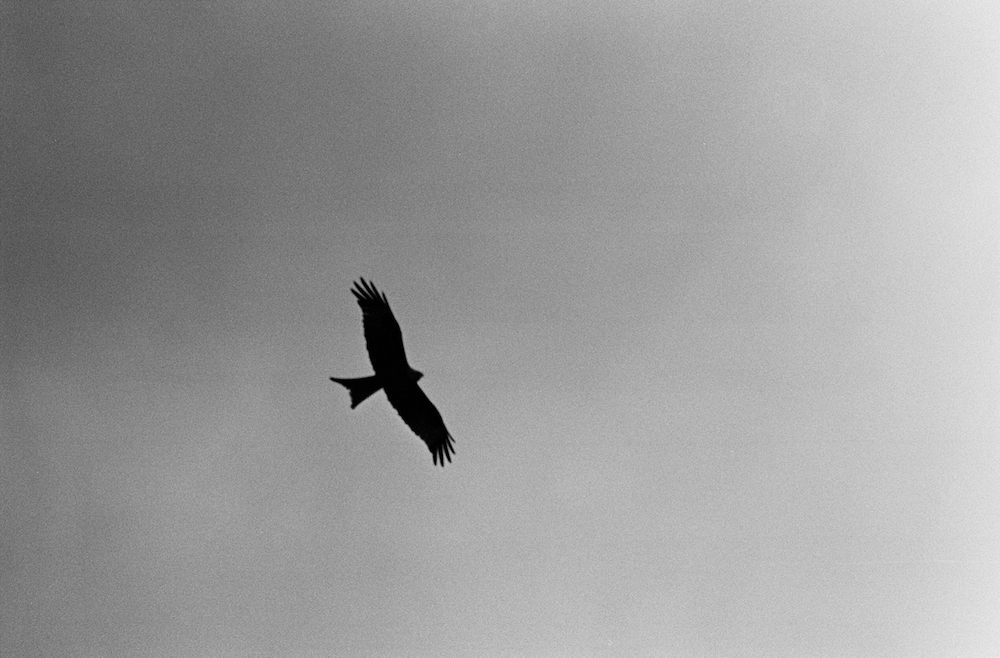Five Questions for... Will Burns
/Photo: Wendover Woods, courtesy of Will Burns
We are extremely pleased to welcome the poet Will Burns to Elsewhere: A Journal of Place for the next in our series of “Five Questions” interviewers with writers, artists, practitioners and indeed anyone for whom place is central to their work, whatever that may be. You might have spotted Will on these virtual pages recently as we reviewed the new album Chalk Hill Blue that he made with Hannah Peel, a thoughtful and thought-provoking collection of poetry and music rooted in the landscapes of Buckinghamshire where Will lives.
Named as one of the Faber & Faber New Poets for 2014 and the poet-in-residence at the wonderful Caught by the River, Will’s poetry evokes a strong sense of place and was praised by The Guardian for its “quiet intelligence and subtle ways of seeing”, a description that we can only wholeheartedly endorse. A regular live performer, Will has read at festivals around the UK including Port Eliot, Green Man and Glastonbury and you can catch him at a number of festivals this summer as he tours Chalk Hill Blue with Hannah Peel.
On with the interview...
What does home mean to you?
Like most people I suspect, ‘home’ is a bit of a complicated word for me. It definitely applies to Wendover, the village in Bucks where I live now and lived from the age of about ten until I left home. And even after I left I’ve always come back. Sometimes only for a few months or so, and sometimes out of necessity - but I suppose the point is it’s always there, which is a function of home I think. I have to say London too. I was born there, and I’ve lived there, in various spots, almost as many years as Wendover, all told. But London’s such a big thing isn’t it? The little areas you get to know might feel like home for the period you know them, but change is so fast there that you leave and a year or so later it feels entirely alien.
Which place do you have a special connection to?
I’m going to say the Rough Trade shop on Talbot Rd. My Dad was one of the owners of the Rough Trade shops until about three years ago, and I grew up seeing him in that shop as a child. Then I ended up working there in my twenties. I was there a few days ago and I hadn’t been there for a couple of years, and I realised just how burned into my consciousness and imagination the place is. Some of the posters, the counter, the architecture, the smells of the place. What a strange contradiction a record shop is - it changes completely every week when a new batch of releases goes up on the walls, in the racks in the windows, and yet at the same time it’s not changed for thirty years.
What is beyond your front door?
The main high street in Wendover. Although that section is actually part of the Ridgeway, so you’re on an ancient path the moment you put a boot out the door. It’s a classic market town high street with an abundance of charity shops. We’ve resisted chains for the most part though, so it retains a sense of itself. Take the road left out of the door and up the hill and you follow the Ridgeway onto the scarp. Ten minutes and you’ve got views across the whole vale. Nobody talks about the Chilterns really but they are a very beautiful place.
What place would you most like to visit?
I’d love to go to Iceland sometime. I’ve always loved the Sagas and the history of Northern Europe. But India as well. My grandfather was born there and it was him who inculcated my love of wildlife, partly through his stories of India. It has sort of remained as an unscratched itch ever since.
What are you reading / watching / listening to / looking at right now?
A new album by my all time favourite band came out today, so I’ll be with that non-stop for the foreseeable future. That’s Union by Son Volt. My capacity for listening to them is pretty much infinite. And I’ve not really been able to stop reading One Lark, One Horse by Michael Hofmann since it came out. I’m one of these obsessive types I think who re-reads and listens to things once I’ve fallen for them.







